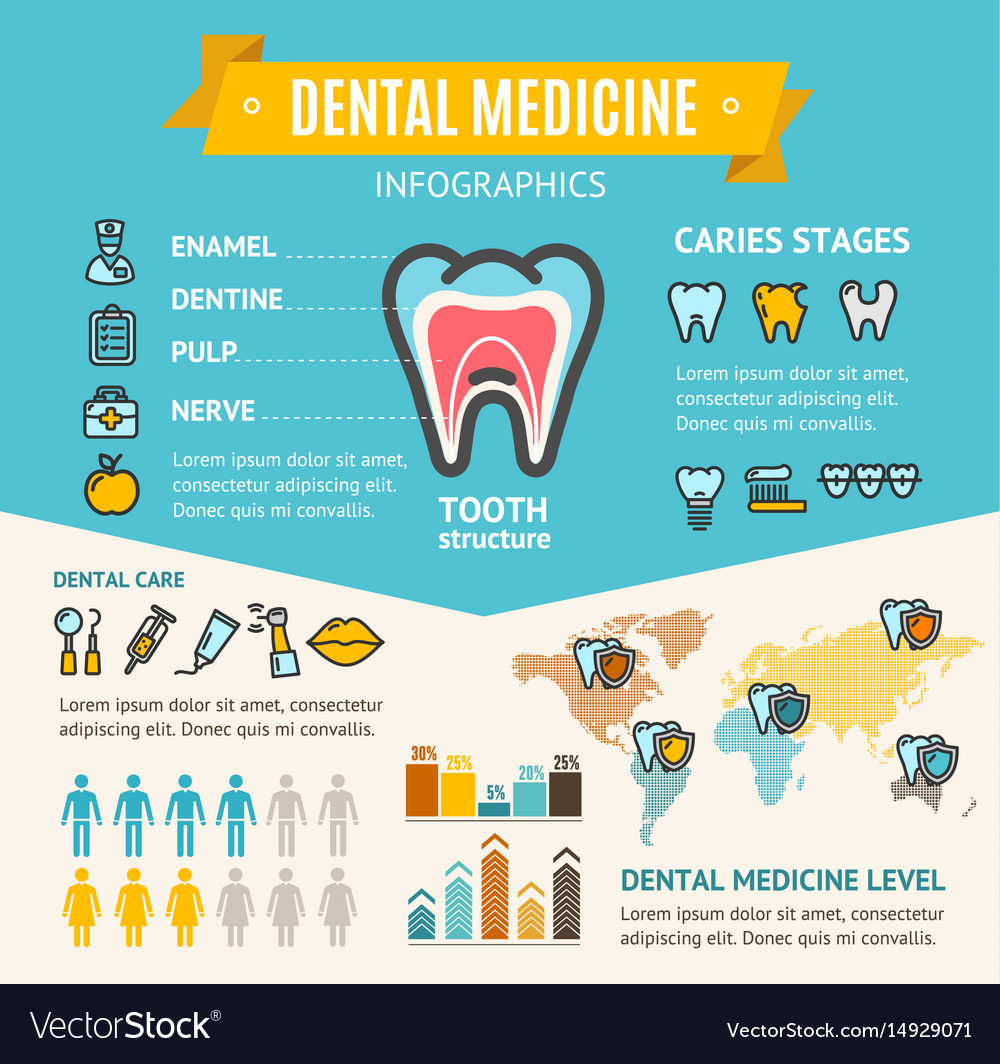Discover The Transformative Improvements That Are Reshaping Oral Surgery. Explore The Future Of This Self-Control And Maintain An One-Upmanship. Click Currently To Gain Insight Into What Lies In Advance
Discover The Transformative Improvements That Are Reshaping Oral Surgery. Explore The Future Of This Self-Control And Maintain An One-Upmanship. Click Currently To Gain Insight Into What Lies In Advance
Blog Article
Write-Up By-Hermansen Jonasson
Welcome to the globe of dental surgery, where innovations and advances are shaping the future of the area! In Click In this article , you'll witness the transformative power of robotics, the sophisticated marvel of 3D printing, and the game-changing effect of minimally invasive strategies.
The future of dental surgery holds an assurance of accuracy, effectiveness, and enhanced patient results. With the help of innovative robotics, cosmetic surgeons have the ability to perform intricate treatments with greater precision and control.
3D printing technology is reinventing the creation of dental implants and prosthetics, offering tailored options that fit seamlessly right into each patient's distinct anatomy.
In addition, minimally intrusive methods are minimizing post-operative discomfort and recuperation time, permitting people to return to their lives earlier.
Get ready to check out the exciting developments and developments that are improving the landscape of dental surgery!
Advancements in Robotics
One significant improvement in dental surgery is the use of robotic innovation, which permits accurate and reliable surgeries. With the help of robot systems, dental specialists have the ability to execute intricate surgical procedures with enhanced precision, decreasing the risk of human error.
These robot systems are outfitted with advanced imaging modern technology and exact instruments that allow surgeons to browse via intricate physiological structures effortlessly. By making use of robotic innovation, cosmetic surgeons can attain higher surgical precision, causing improved individual end results and faster healing times.
Additionally, using robotics in dental surgery enables minimally intrusive procedures, minimizing the injury to bordering tissues and advertising faster healing.
3D Printing in Dental Surgery
To improve the area of dental surgery, you can check out the subtopic of 3D printing in dental surgery. This ingenious modern technology has the possible to revolutionize the method dental doctors run and treat individuals. Right here are 4 essential ways in which 3D printing is forming the area:
- ** Customized Surgical Guides **: 3D printing enables the creation of very precise and patient-specific surgical overviews, boosting the precision and effectiveness of procedures.
- ** Implant Prosthetics **: With 3D printing, oral surgeons can create tailored implant prosthetics that perfectly fit a person's one-of-a-kind makeup, leading to far better results and client satisfaction.
- ** Bone Grafting **: 3D printing allows the manufacturing of patient-specific bone grafts, lowering the requirement for traditional implanting techniques and boosting recovery and recovery time.
- ** simply click the up coming internet site and Educating **: 3D printing can be utilized to produce reasonable surgical versions for instructional purposes, allowing dental doctors to exercise intricate procedures before performing them on individuals.
With its potential to boost precision, personalization, and training, 3D printing is an interesting advancement in the field of dental surgery.
Minimally Invasive Techniques
To additionally progress the field of oral surgery, embrace the capacity of minimally intrusive strategies that can considerably profit both doctors and clients alike.
Minimally invasive strategies are reinventing the area by minimizing surgical trauma, reducing post-operative discomfort, and accelerating the recovery procedure. These methods entail making use of smaller sized lacerations and specialized instruments to perform treatments with precision and efficiency.
By utilizing sophisticated imaging modern technology, such as cone beam of light computed tomography (CBCT), specialists can properly plan and implement surgical treatments with very little invasiveness.
Additionally, using lasers in oral surgery allows for exact tissue cutting and coagulation, causing reduced bleeding and minimized recovery time.
With minimally invasive methods, patients can experience faster healing, minimized scarring, and improved end results, making it a crucial aspect of the future of oral surgery.
Conclusion
So, as you can see, the future of dental surgery is extremely appealing, with interesting developments and advancements shaping the field.
From the advancements in robotics to using 3D printing and minimally intrusive strategies, oral cosmetic surgeons are reinventing the means they offer care.
While some may bother with the prospective cost connected with these innovations, it is necessary to bear in mind that these technologies ultimately enhance individual results and minimize recovery time, making them well worth the financial investment in the future.
